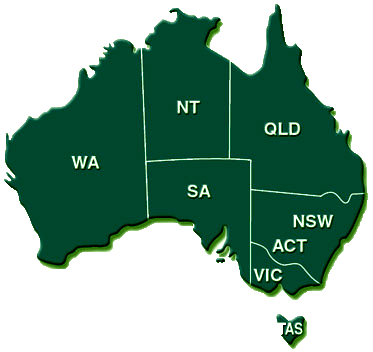Amid so much talk of war, the key national security question is: Can Australia win the next war? Senator for NSW and retired Major General Jim Molan, AO, DSC, analyses Australia’s national security paradigm amid growing tensions in the Indo-Pacific.
In one sense, Australia has never been better prepared, given our experience with drought, fires and now COVID. A defence emergency might be easier to handle under federal emergency powers than is a virus under the federation. Of most value is the experience which now reside in our national leaders. They know much better what their powers are and how to use them, and the formation of Home Affairs and how the National Security Committee of Cabinet is being used is significant. But if we think it is difficult to vaccinate our population or conduct quarantine, it is far more difficult to move Australia from a peace time environment to preparation for war and its execution. Regardless of the current emergency, we should be preparing now. Planning costs little.
In our region, war is not just possible, it is becoming more likely. The Prime Minister referred to that in his speech in July 2020, and the situation has deteriorated since then. War is not yet inevitable and what may stop it, or allow us to at least mitigate its impact, is deterrence through preparedness. Alliances are our first line of defence but are only as strong as their individual members. An alliance should never be an excuse for not taking responsibility for national defence and that is the history of alliances since 1945, and I detect a tendency to do that even now. Our defence is primarily our responsibility. We tried relying on alliance promises in 1941 and it did not go well.
Vagaries such as “drums of war” or “a regional threat” are of no use in determining if what we are doing is the right thing, and if we are doing enough. Only by looking at the specific nature of a likely war, will we be able to assess effectively. It is not what we have, but what we can do. This is not a hard line, it is a reasonable line.
We have the best ADF for 50 years, a credit to Coalition governments. But if we compare it to the tasks which may lie ahead, the ADF demonstrably lacks lethality, sustainability and mass. My deep fear is that if we do not analyse our defence capacity specifically against the likely threat, then we will have a defence force that will literally last only for days in the kind of maritime and air combat that we may face in the next few years. Recent published Defence reports back this view up, as well as my judgement as someone who has run a war.
If this analysis is being conducted behind closed doors, there is no sign that the likely results are being acted on and which should be visible to all. What we have learned from published reports is not comforting. It is the people’s national security that is at stake, and the people’s money which is being spent. Most Australian would think that the $270 billion promised by the PM over the next 10 years buys defence perfection, but this must be tested to the people’s satisfaction, not just in some wargaming room somewhere. If the news is embarrassingly not good, that is, Australia is not prepared, that will not be a surprise to our likely adversaries, China and Russia, who will know more about our defence preparedness than 99.9 per cent of Australians.
Recently China has adopted a much more aggressive stance and along with Russia, they consider the liberal democracies to be the “decadent and decaying West”. China has directed grey-zone conflict vectors (trade, cyber, diplomacy, theft of IP, influence operations) directly against Australia and our allies, and has built up its military to an extraordinary extent, along with threats to use it directly against this and other nations. Current grey-zone conflict could be easily enhanced by China to include unattributable biological and cyber attacks, trade sanctions almost amounting to a blockade and the use of organisations such as the Maritime Militia against our near neighbours.
Even more worrying, the US has a severely decreased military capability, by my rough estimate, 30-50 per cent less capable than it was at the end of the Cold War (1991) when our belief in infinite US power was created. The consequence is that the US cannot come to the aid of all its allies in the way that it once could, even if it wanted to. The commentary in the US indicates there is little confidence that the US can deter or ‘win’ a Taiwan scenario war against China. The US could either decide, with immense strategic consequences, not to stand up to an aggressive China, or suffers a military defeat and is forced out of the region. For Australia, the results are much the same – we are likely to be on our own. A reliance on the presence of the US Marines in the Northern Territory as part of our defence is fanciful. The whole reason-for-being of that force is once tension increases, Marines get in their ships and sail away. They should never be an excuse for not being responsible for our own defence.
It is only prudent that Australia plans for at least three scenario: grey-zone conflict being enhanced; a war between the US and China from which we may be attacked collaterally; and a war that forces the US out of the region, leaving us on our own for what might then occur. Then once comprehensive planning has occurred, we should decide how much risk we are prepared to accept. As president Dwight Eisenhower said: “The value is not in the plans, but it is in the planning”. National security has changed remarkably while we were handling drought, fires and COVID. As the undisputed government of national security, we must do the serious hard yards now, and talk to the people. Once we start looking at the detail of likely threats, and what our strengths and weaknesses are, perhaps we can even define ‘winning’.
Jim Molan is a senator for NSW. He retired as a major general from the Australian Army in 2008.


